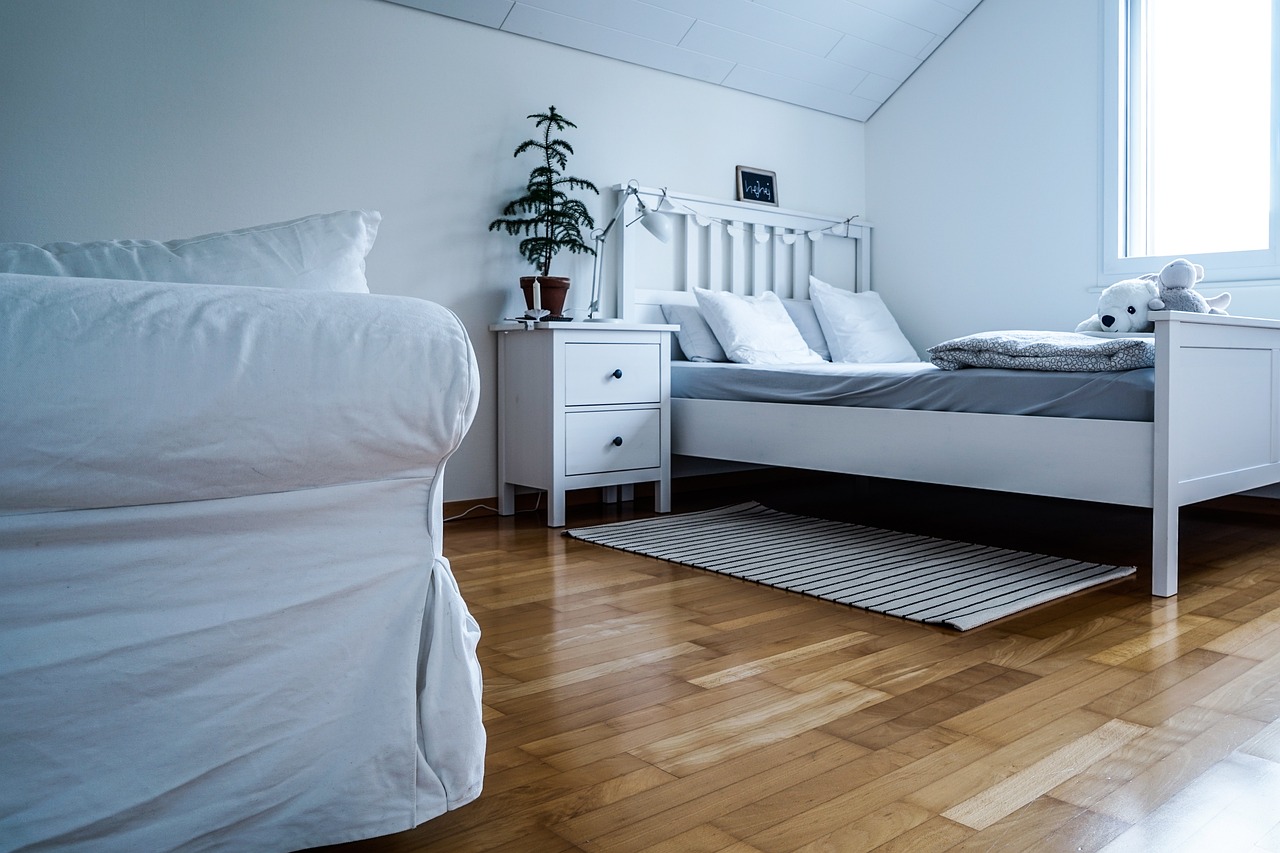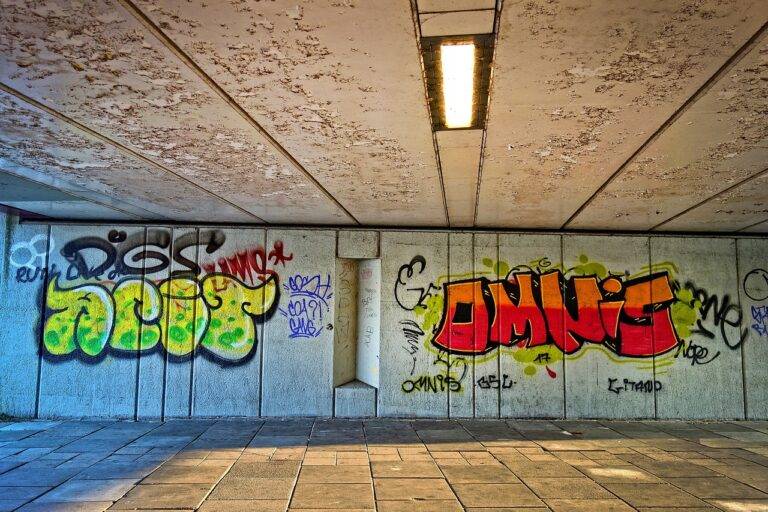Eco-Friendly Home Design: Sustainable Living Spaces for a Greener Future
Sustainable home design encompasses various aspects that prioritize reducing the environmental impact of a building. One key element is energy efficiency, achieved through proper insulation, high-efficiency appliances, and passive solar design. By maximizing natural light and airflow, homes can decrease reliance on artificial lighting and heating, leading to lower energy consumption.
Another crucial component of sustainable home design is the use of eco-friendly materials. Opting for renewable resources, recycled materials, and non-toxic products can greatly decrease the carbon footprint of a home. Additionally, incorporating sustainable practices like rainwater harvesting and graywater recycling can further enhance the overall sustainability of a dwelling.
Key Principles of Green Building
Green building emphasizes energy efficiency by using renewable energy sources such as solar and wind power while minimizing reliance on non-renewable resources. Designing a compact and insulated building envelope helps reduce energy consumption for heating and cooling, thus lowering greenhouse gas emissions. Implementing energy-saving technologies like LED lighting and smart thermostats further promotes sustainable living practices.
Water conservation is another fundamental principle of green building, achieved through the installation of low-flow fixtures and rainwater harvesting systems. Utilizing water-efficient appliances and landscaping techniques such as native plants and drip irrigation also play a crucial role in reducing water waste and environmental impact. By incorporating these principles into building design, sustainable homes can contribute to a healthier environment and lower utility costs for homeowners.
What are the key elements of sustainable home design?
The key elements of sustainable home design include energy efficiency, water conservation, use of sustainable materials, and indoor air quality.
Can you explain the importance of energy efficiency in green building?
Energy efficiency is important in green building because it reduces the consumption of energy, lowers utility bills, and decreases greenhouse gas emissions.
How does water conservation play a role in green building?
Water conservation in green building involves using water-efficient fixtures, rainwater harvesting, and landscaping techniques that reduce the need for irrigation.
Why is the use of sustainable materials important in green building?
The use of sustainable materials in green building helps reduce the environmental impact of construction by using renewable resources and minimizing waste.
How does indoor air quality contribute to green building?
Indoor air quality in green building is important for the health and well-being of occupants, as it can reduce exposure to pollutants and improve overall comfort.





